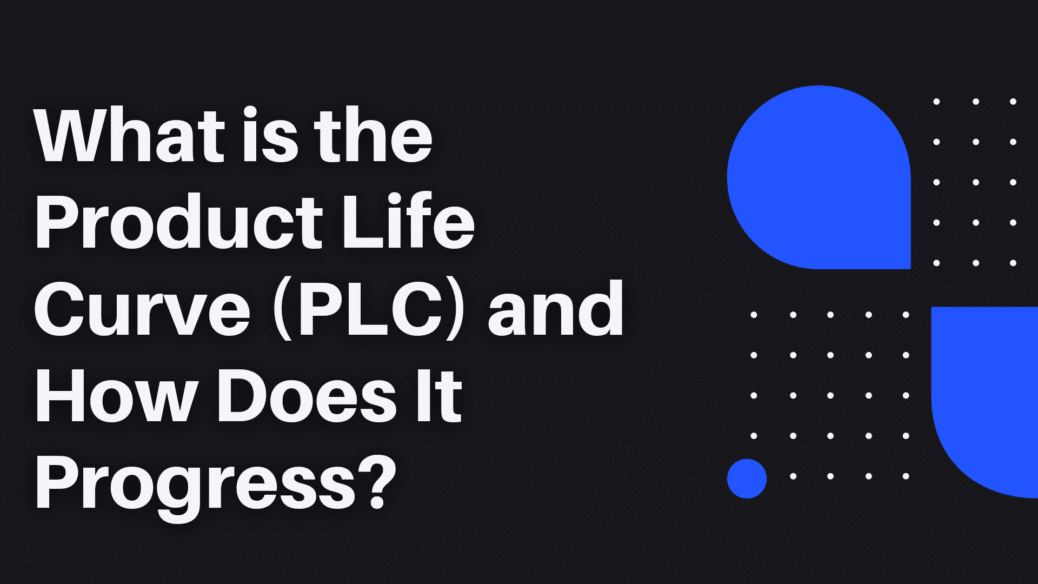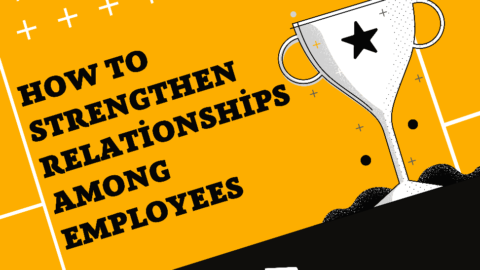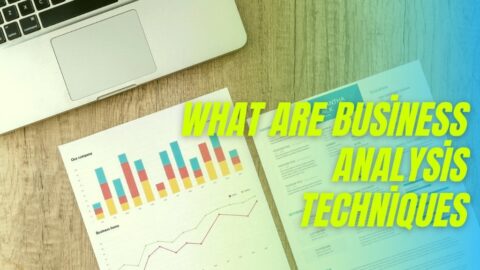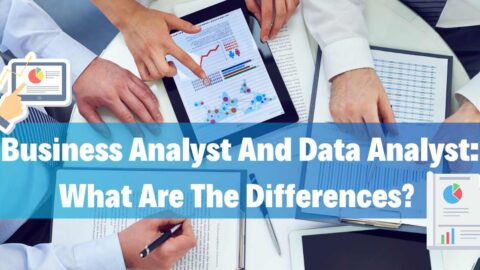What is the Product Life Curve (PLC) and How Does It Progress?
The product life curve comes across as a theory. This theory, which argues that every product goes through various stages from the moment it exists and finally completes its life, has started to become valid for all sectors. For each product we use, this product life cycle curve is in question.
Table of Contents
Each product we buy or already use coincides with a certain life cycle. The product life curve is constantly taking place and involving us in this process. A product that has just been produced and released to the market, or an old product that has completed its life, is also part of this product life curve. All manufactured products are included in this cycle until the end of their service life.
The Product Life Curve and Its Stages
The period from the moment the products are manufactured to the final moment when they are out of use is called the product life cycle. Products are involved in a number of different processes from the moment they are manufactured and released to the market. These processes consist of four stages and symbolize the stages of the product life curve. Introduction to the market, the growth period, the maturity period, and the regression period are the stages of the product life cycle. The product life curve is also part of the project life cycle. You can see which period the produced projects coincide with, which is included in the product life curve.
The product life curve means the product life cycle. The period from the moment each product is produced to the last moment is called the product life cycle. The period from the production of the product to the last moment is called the product life curve. Thanks to this curve created, it is possible to see all the stages of a product. The marketing cycle, which begins with the development of the product and its introduction to the market, ends with the saturation of the market and the decline of sales. Completion of the product life curve may be delayed depending on some factors. To give an example; closely following technological developments to market products that meet customer demands and keep pace with technology, marketing, and advertising studies give attention to the steps and will allow firms to be successful in delaying the completion of the curve longer.
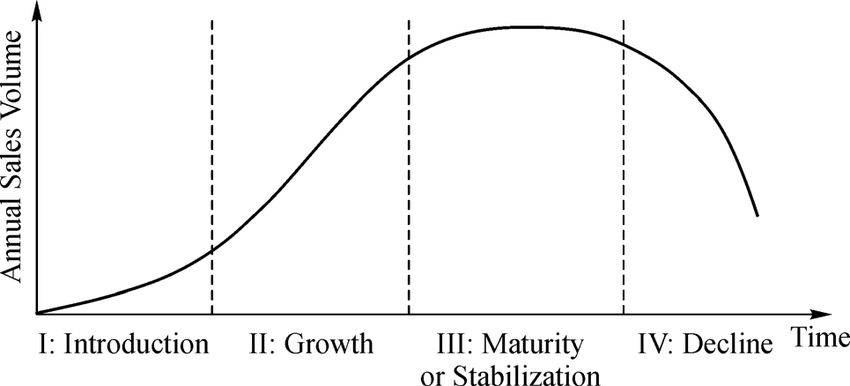
product life curve stages, product life cycle
1) Market Entry Stage
It is the first step when a new product is developed and enters the market. The product life curve begins at this stage. The promotion and advertising of the new product produced are also carried out at this stage. The entrance stage to the market can sometimes also be risky. Since the profit and loss situation is uncertain, this stage carries some risks. In addition, the fact that manufacturers make various investments to promote products can also cause this period to be intense and unprofitable.
Advertising and promotion of this product, which has just entered the market, is the priority of the manufacturer. Launches and dec for better promotion of the product are among the expenses of the manufacturer. It is measured how the consumer approaches the product and how they react after the promotions and advertisements made. The competitive environment is quite small at this stage, but the manufacturer’s expenses are quite high. At this stage, the goal is to introduce the product to the consumer and increase its popularity. Ensuring income from the product by creating a long-term perception of consumption is also one of the main goals.
2) Growth Period
The growth period is the second stage of the product life curve. It is during this period that the released product is recognized and used by many consumers. At this stage, the recognition and popularity of the product are also quite increasing. The manufacturer has now proven the quality of its product. Sales figures are increasing every day. We can say that it is a stage where the competitive environment is high with the inclusion of different manufacturers in the market.
Companies are also investing in advertising and promotions at this stage to sell their products more. They also try to highlight their products by including innovation and small differences in their products. In this period of increasing competition, the market is also starting to expand. There is also an increase in consumption with the expansion of the market an increase in product options and innovations. Falling prices also increase the demand for products. We can say that my momentum is high for this stage. This is the period when the cost decreases, profits increase, sales rise, and the product becomes fully recognizable.
3) Maturity Period
The maturity period is the third stage of the product life curve. We can say that during this period the market began to saturate and there was a decrease in product sales. Marketing, sales rates are still high in the well-established markets, but in some markets, product sales may come to a standstill. For instance, while sales are quite high in the food sector, this may vary in the technology sector. In the food sector, low cost, high rate of sales, and productivity in the production process show an increase, while in the technology sector this may be the opposite.
During this period, when the competition has reached the highest levels, we can also see that small firms are included in large firms. Small or medium-sized firms that cannot compete with large firms are included in large firms. Companies that are not successful remain outside the market during this period. In this process, where the competition continues unabated, adding different features to the products and lowering the product price ensures that sales increase. All products begin to be manufactured according to the requirements of demand, and technological developments are closely monitored. Sales increase to the maximum level during the maturity period, so the market reaches the point of satisfaction. At this level, we can say that the product life curve has seen its peak.
4) The Period of Decline
The regression period is the last period in the product life curve stages. All manufactured products experience this stage after a certain time. Each product loses its demand after reaching saturation in the market. At this level, the demand for the product drops considerably. Accordingly, sales also decrease to a minimum level. Manufacturing companies begin to lose their market share. Although customers who are connected to the brand continue to consume these products, the price of which has been significantly reduced, sales are quite low.
The entry of another product into the market or the increase in competition too much can also lead to this level. A different brand participating in the market may be meeting customer demands more or keeping the price lower. In this case, the sales of the other brand may be negatively affected. We can say that the increase in competition is also one of the reasons for the decline period. The product life curve ends at this level.
See Also
Product Life Cycle vs Project Life Cycle
Further Reading

Lorelei Anrei is a PMP, & ITIL certified Project Controls Manager. Ms. Anrei has worked in IT Industry for over 15 years. As a guest speaker, Anrei has shared presentations on Efficient and Effective Meetings. She is sales and marketing manager at LB Training Solutions.

